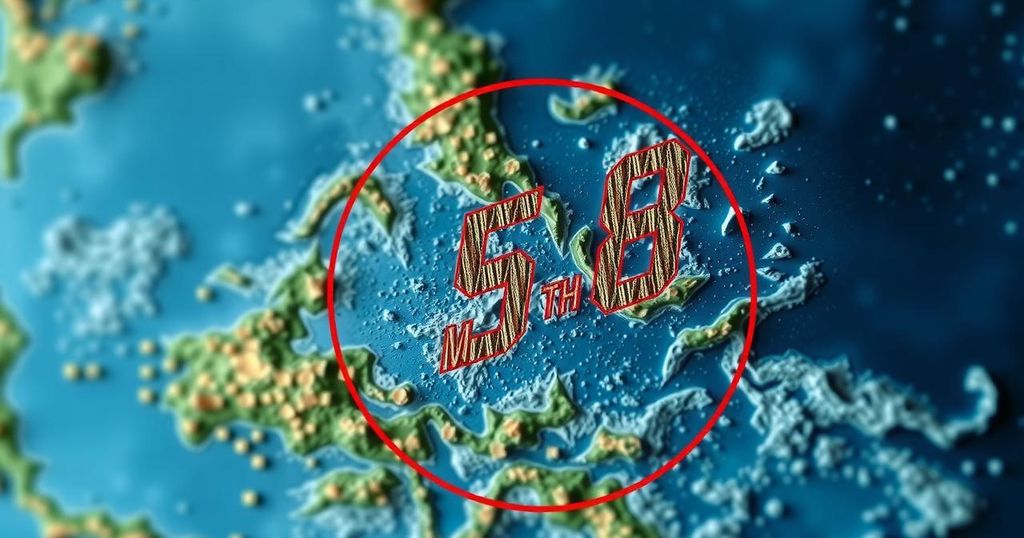A 5.8-magnitude earthquake struck Panama on November 10, 2024, shortly after significant earthquakes in Cuba, Chile, Peru, Greece, and Hawaii. The US Geological Survey reported 208 felt reports from Panama. The frequent seismic activity highlights the need for ongoing monitoring in these tectonically active regions.
On November 10, 2024, the United States Geological Survey (USGS) reported a significant earthquake measuring 5.8 on the Richter scale, occurring in Panama. The seismic event was centered approximately 79 kilometers southeast of Burica at a depth of 10 kilometers (about 6.2 miles). At the time of reporting, the USGS had logged 208 individual accounts from residents who felt the tremor. This earthquake in Panama occurred shortly after another major seismic event—a 6.8 magnitude earthquake in Cuba reported on the same day. This Cuban quake was centered in Bartolomé at a depth of 14 kilometers (about 8.7 miles). It followed a 6.2-magnitude earthquake in Chile recorded just two days prior, centered in Cochrane with a depth of 10 kilometers (approximately 6.2 miles). In a series of notable seismic activities in the region, a 5.0-magnitude earthquake struck Peru on November 7, 2024, centered in Changuillo at a considerable depth of 54.8 kilometers (around 34 miles). This followed a weaker 4.4-magnitude earthquake in California on the same day, located in Borrego Springs at a depth of 9.8 kilometers (approximately 6 miles). Furthermore, these events connected back to a heavier 4.4-magnitude quake in Greece and a 4.8-magnitude earthquake in Hawaii that occurred just days earlier.
The reports of recent earthquakes in Central and South America highlight the region’s susceptibility to seismic activity. Earthquakes are common due to the tectonic plate boundaries in the area. The occurrence of multiple significant earthquakes within days illustrates the volatile nature of geological activity in this region, necessitating constant monitoring and preparedness measures. The USGS plays a vital role in tracking such events, providing timely information to the public and relevant authorities.
In summary, the recent spate of earthquakes across various locations, including a notable 5.8-magnitude quake in Panama, illustrates the ongoing seismic activity prevalent in the region. The interconnected nature of these events, with several significant quakes recorded within a short time frame, underscores the importance of geological monitoring. Continuous updates from the US Geological Survey are essential for public awareness and safety precautions during such seismic occurrences.
Original Source: www.iheart.com






